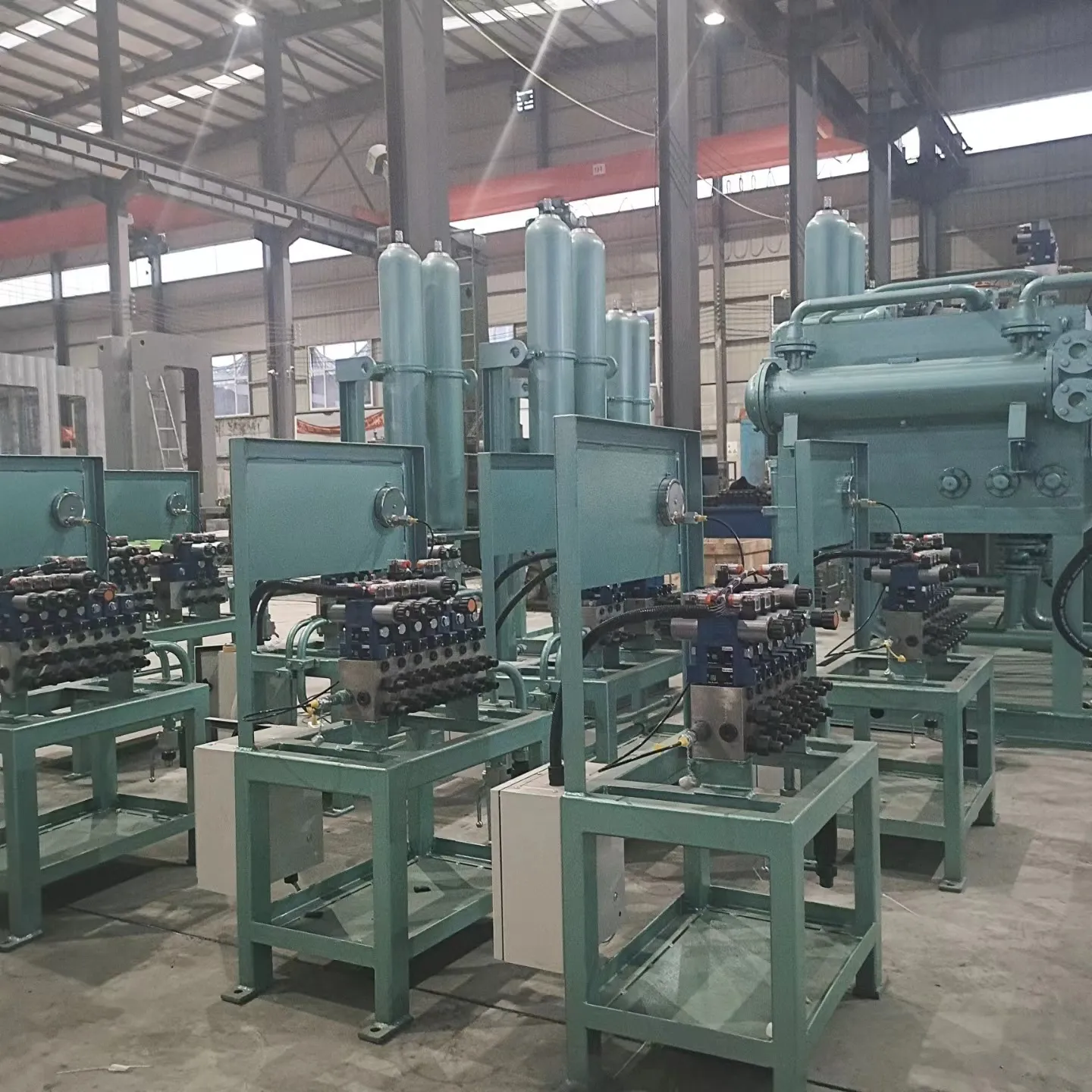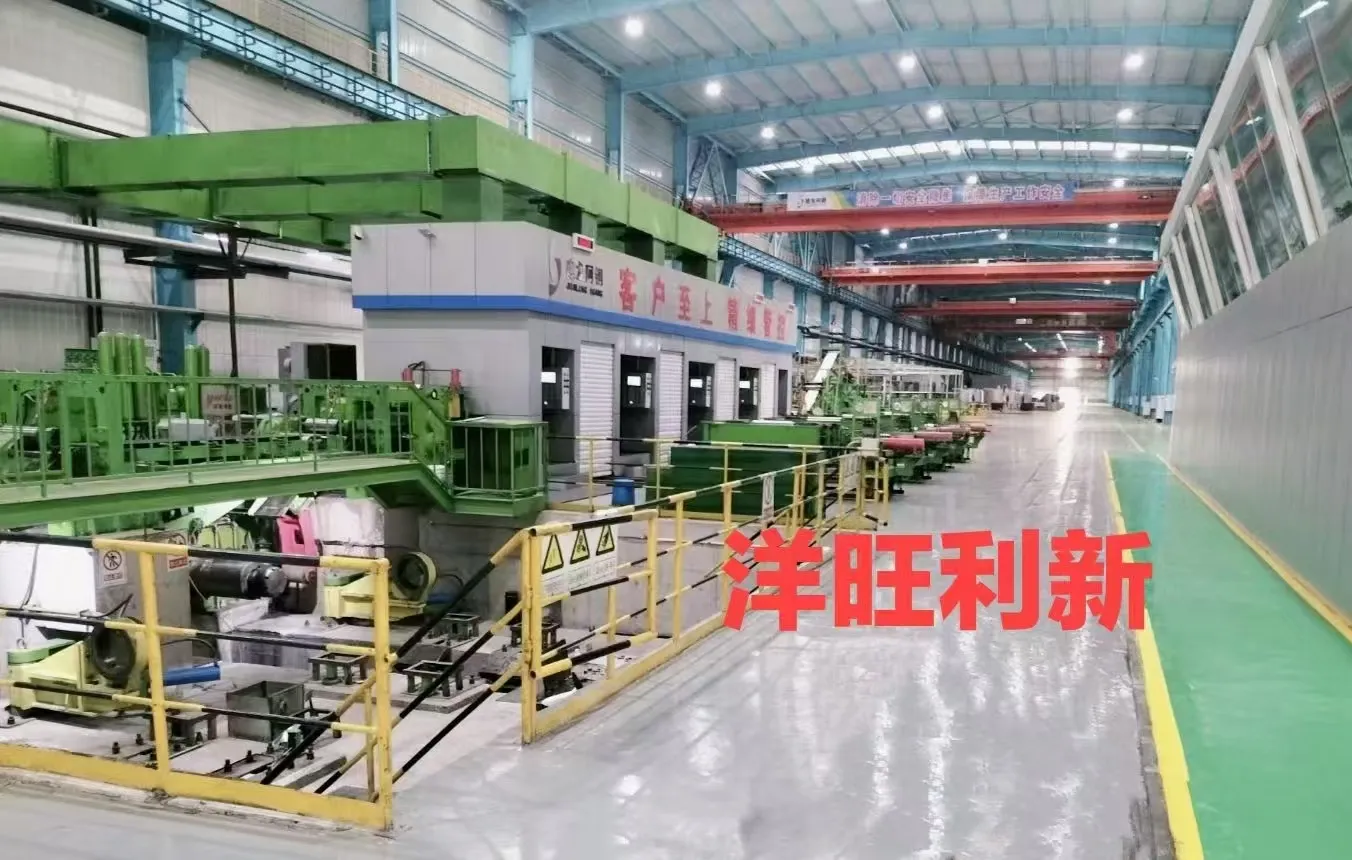
Superior Strip Cladding Process for Corrosion Resistance & Cost Savings
- Fundamentals of Strip Cladding Technology
- Technical Advantages of Electroslag Process
- Manufacturer Comparison and Specification Analysis
- Customized Welding Solutions Implementation
- Industrial Application Case Studies
- Technical Specifications and Industry Standards
- Forward Outlook in Cladding Technology

(strip cladding process)
Understanding the Core Fundamentals of Strip Cladding Technology
The strip cladding process
represents a specialized overlay welding technique depositing corrosion-resistant alloys onto base metals. Unlike conventional methods, it employs continuous metal strips ranging from 30mm to 120mm in width as filler material. Key mechanisms involve the formation of a metallurgical bond between the substrate and alloy layer through controlled fusion. Process parameters including voltage (typically 26-34V), amperage (550-1200A), and deposition rates (15-45kg/hr) require precise calibration based on ASME Section IX standards.
Technical Advantages of Electroslag Strip Cladding Technology
Electroslag strip cladding process delivers 60% higher deposition efficiency than submerged arc methods while reducing dilution rates to 10-15%. The submerged molten slag pool creates superior thermal conditions:
- Precise heat control maintains interpass temperatures below 350°F
- Slag chemistry enables hydrogen content below 4ml/100g
- Minimized distortion: 1.2mm/m versus 3.5mm/m in SAW processes
Industrial trials demonstrate 92% reduction in post-weld machining requirements for pressure vessel components, directly translating to 40% cost savings on large-scale projects exceeding 500 sq.m. cladding areas.
Manufacturer Solutions Comparative Analysis
| Manufacturer | Deposition Rate (kg/hr) | Width Capacity (mm) | Dilution Control | Automation Level |
|---|---|---|---|---|
| Voestalpine | 38-42 | 30-75 | 10-12% | Level 4 (AI integration) |
| ESAB | 32-37 | 30-60 | 12-15% | Level 3 (PLC) |
| Lincoln Electric | 28-34 | 30-50 | 15-18% | Level 2 (Semi-auto) |
Third-party validation confirms Voestalpine systems achieve deposition efficiencies of 92% versus industry average of 85%, while Lincoln solutions show 30% better performance for curved surface applications.
Customized Welding Solutions Implementation
Effective implementation requires strategic parameter optimization for material combinations:
- Chemical processing vessels: Duplex SS overlays on carbon steel with 0.5mm thickness variation tolerance
- Power generation turbines: Inconel 625 strip cladding at 38kg/hr deposition rate
- Marine components: Copper-nickel strip overlays with 99.2% pitting resistance equivalent number
Current projects demonstrate customized strip cladding welding process configurations reducing production timelines by 60% while maintaining EN ISO 15614 certification standards.
Industrial Application Case Studies
Offshore platform riser cladding with 4.5mm Alloy 625 achieved:
- Service lifespan extension to 25 years (vs. 8-10 years previously)
- 97.4% reduction in corrosion-related maintenance downtime
- Total project cost reduction of $4.2M across 18KM of piping
In hydroelectric applications, electroslag strip cladding processes on turbine runners with 420mm thickness substrates show zero weld repairs required after ultrasonic testing to ASME V standards.
Technical Specifications and Industry Standards
Quality verification incorporates:
| Parameter | Testing Method | Required Value | Process Capability |
|---|---|---|---|
| Dilution Rate | Metallography | <15% | 8-12% |
| Porosity | Radiography | ASTM E1648 Class A | 0 defects/150mm |
| Hardness | HV10 Testing | 220-280 HV | 235±12 HV |
Industry certifications include ASME SFA-5.9, ISO 18274, and AWS A5.9 for wire and strip consumables.
Forward Outlook in Strip Cladding Technology
The future landscape of strip cladding welding process innovation focuses on AI-driven parameter optimization achieving near-zero defect production. Research institutes report prototype digital twin systems increasing first-pass yield rates to 99.3% while cutting energy consumption by 35%. Ongoing developments in wire chemistry indicate potential for 150% corrosion resistance improvement in extreme environments by Q4 2025.

(strip cladding process)
FAQS on strip cladding process
Q: What is strip cladding process?
A: Strip cladding process involves welding a continuous strip of corrosion-resistant alloy onto a base metal surface to enhance durability. It's efficient for large-scale applications due to high deposition rates. This method prevents corrosion and wear in industrial equipment.Q: How does electroslag strip cladding process work?
A: Electroslag strip cladding melts a strip electrode using electrical resistance in a slag bath, creating a molten pool that solidifies into a cladding layer. It offers deep penetration and minimal dilution with the base material. This process is energy-efficient for thick coatings.Q: What is strip cladding welding process?
A: Strip cladding welding process uses arc welding techniques with strip electrodes to apply protective layers. It includes variations like submerged arc or electroslag methods for uniform coverage. The process minimizes heat distortion, making it ideal for complex geometries.Q: Why choose electroslag strip cladding over standard methods?
A: Electroslag strip cladding provides higher productivity, lower dilution, and better metallurgical bonding than standard arc methods. It handles thick sections with reduced defects and heat input. This results in superior corrosion resistance and cost savings.Q: Where is strip cladding process applied?
A: Strip cladding is used in oil and gas pipelines, power plant boilers, and chemical reactors to resist extreme conditions. Electroslag variants are common for heavy machinery components. The technique extends equipment lifespan in demanding industries.-
Indian Clients Visit YWLX to Inspect Skin-pass MillNewsJun.22,2025
-
Typical Products from Reversing Cold Rolling ProcessNewsMay.26,2025
-
Surface Finish Improvement through Skin Pass RollingNewsMay.26,2025
-
Integration of AGC Systems in Modern Cold Rolling MillsNewsMay.26,2025
-
Cold Rolling in the Context of High-Strength Steel DemandNewsMay.26,2025
-
AGC in Hot Rolling Mills: Challenges and SolutionsNewsMay.26,2025
-
Why Reversing Cold Rolling Mills Are Ideal for Specialty MetalsNewsMay.13,2025










